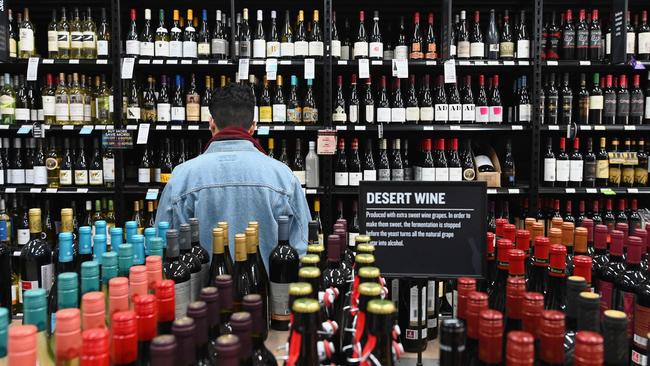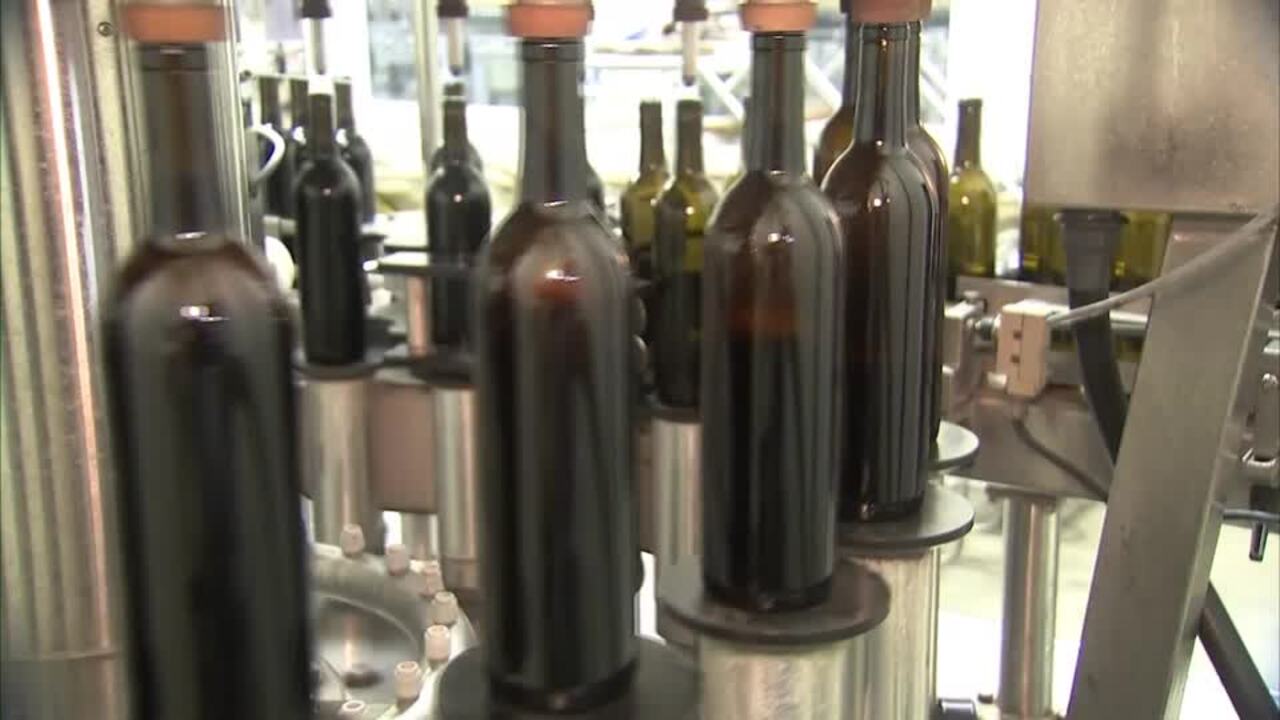Cancer warning labels on wine? Put a cork in it

At first glance it seems like a well-intentioned effort to protect consumers. After all, science does tell us that alcohol consumption is linked to certain cancers. But is this alarm really warranted, particularly when it comes to moderate drinking like a glass of wine with dinner?
To answer this question, we must distinguish between relative and absolute risk – concepts that public health authorities are often guilty of conflating, perhaps unwittingly, to scare the public into compliance.
Relative risk tells us how much something increases (or decreases) the likelihood of an outcome. For example, studies show that consuming alcohol may increase the relative risk of breast cancer by about 10 per cent per standard drink a day. That sounds alarming until you consider the absolute risk. Absolute risk measures the actual likelihood of developing a disease.
For a woman in her 40s, the absolute risk of developing breast cancer across the next decade is about 1.5 per cent. If she drinks one glass of wine a day, a 10 per cent increase in relative risk means her absolute risk rises to 1.65 per cent. Imagine 1000 women who don’t drink and another 1000 who enjoy one glass of wine daily. Among the non-drinkers, about 15 will develop breast cancer across the next decade. That number rises to 16.5 among the wine drinkers – a difference of 1.5 cases.
Would you abandon your evening pinot noir over those odds? For many, the answer is no, especially when the enjoyment of wine brings social and psychological benefits, rarely considered in statistical calculations.
Another question is whether moderate drinking increases the risk of dying prematurely or simply shifts the cause of death. If a glass of wine increases your risk of breast cancer but reduces your risk of heart disease – a benefit touted for years – the picture becomes more nuanced. Are we trading one potential health risk for a reduction in another? Public health messaging rarely addresses this trade-off, focusing instead on worst-case scenarios.

Longitudinal studies suggest moderate drinkers often live longer than teetotallers and heavy drinkers. This J-shaped curve is controversial partly because of confounding factors; moderate drinkers may have healthier lifestyles overall. Still, it raises the question of whether focusing narrowly on one disease endpoint, like cancer, gives a distorted view of the risks.
Health authorities often frame risk in isolation as if we live in a bubble where the only hazard is what we eat or drink. Life is filled with risk. Walking across a busy street carries dangers. And let’s not forget the variation in individual susceptibility to disease due to genetics, lifestyle and environment. Wine holds a unique place in cultural and social life. Its benefits, from enhancing meals to fostering conviviality, are difficult to quantify but impossible to ignore. Reducing it to a potential carcinogen seems reductive, even puritanical.
If health authorities insist on labelling wine with a cancer warning, they owe the public a nuanced explanation. Something along these lines might suffice: “Consuming alcohol increases your relative risk of certain cancers. For most moderate drinkers, the absolute risk remains very small. Consider your health profile and enjoy responsibly.”
A message such as this respects the intelligence of the public while providing actionable advice. Alarmist labels, by contrast, risk diminishing credibility and fostering a culture of fear.
The Surgeon General’s proposal to brand wine with a cancer warning is a stark reminder of the tendency to overregulate personal choices. Yes, consumers deserve to know the risks, but they also deserve context and perspective. When relative risks are inflated and absolute risks ignored, the result is not informed consent but unnecessary anxiety. Let’s not lose sight of moderation – both in drinking and in public health messaging.
Steven Schwartz is a senior fellow of the Centre for Independent Studies.




The US Surgeon General’s proposal to slap cancer warnings on wine bottles is the latest salvo in the ongoing public health war against alcohol.